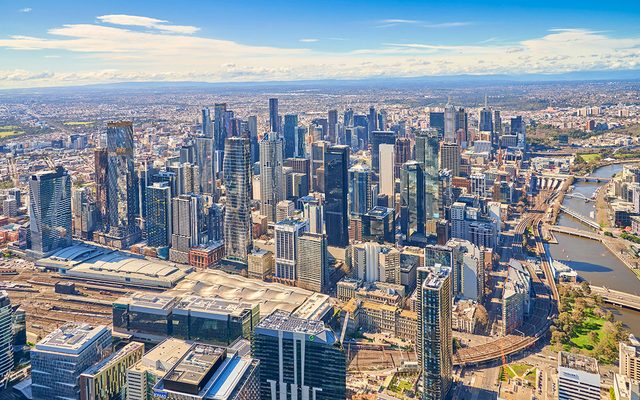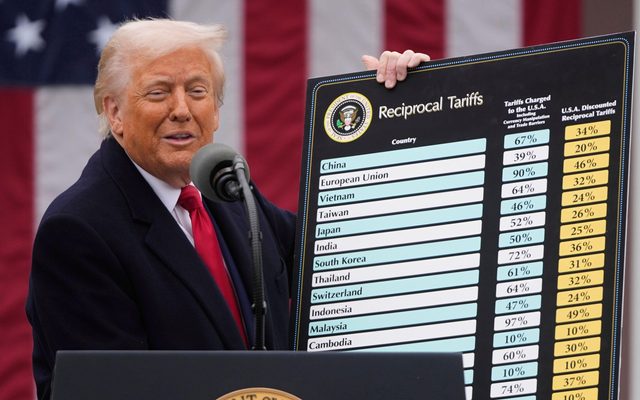This article is from the Australian Property Journal archive
FIVE years of uneven growth has created a gap of almost $100,000 in value between Melbourne’s most expensive and cheapest land lots, with massive annual increases pricing many first home buyers out of some areas.
However, the greenfield market is expected to follow the lead of the cooling established residential market, despite Melbourne’s nation-leading population growthhaving pushed demand to record levels.
Oliver Hume’s latest Quarterly Market Insights report shows the average price for land across greater Melbourne now sits at $314,000, with the most expensive those in the south-east LGA of Casey at$375,000, and the cheapest at$280,000 in Mitchell, a gap of $95,000.
Mitchell led average median land price growth between March 2017 and March 2018 with 45.1%, followed by Melton with 41.6% to $280,438, and Cardinia – next to Casey – grew by 41.2% to $344,500, making it the second-most expensive LGA.
Growth of 28.6% in Hume took its median to $333,888, Whittlesea was up 33.2% to $333,000 and Wyndham was up 19.2% to $316,000.
That growth has priced some first home buyers out of the market, according to Oliver Hume. In the three months to the end of March, first home buyers accounted for 45% of purchasers, having steadily declined from 50% at the same time last year.
The firm’s recent data also shows the average lot size in the March quarter shrank from 406 sqm to 400 sqm over the period.
Oliver Hume national head of research, George Bougias said that while prices had increased strongly in recent years, land remained relatively affordable in Melbourne’s western region as the south-east remained the most expensive market.
He said the growth rate over the last 12 months was unlikely to be replicated over the next year.
“Overall, price growth is now softening as affordability constraints become more important and competition intensifies between developers,” he said. “Historically there has also been a strong relationship between residential land and established markets. With the established market now slowing it is to be expected that the greenfield market will also moderate over the short to medium-term.”
ANZ this week confirmed its revised outlook for the house market, and is now expecting price falls of up to 10%, led by Sydney and then Melbourne, should lending policies take down new loan sizes by 10% to 15%.
The latest data from the Australian Bureau of Statistics showed Melbourne prices were down by 0.6% over the March quarter.
Villawood Properties executive director, Rory Costelloe said land prices were connected to purchasers’ aspirations to live in particular areas, which in turn was often determined by the level of existing infrastructure.
“It’s a simple matter of supply and demand: if there’s not enough supply in these corridors to cater to the number of people wanting to buy there, the prices go up accordingly.
“Some of the more affordable corridors are still in their infancy and they don’t have the infrastructure of the more established areas, such as shopping, hospitals and education.”
Oliver Hume numbers show that since late 2012, time to sell land has been cut down from 200 days to to just around 24 days. The demand for land has seen prices continue to rise, although price growth now appears to be slowing, while lot sizes continue to edge lower.
Bougias said Melbourne’s booming population was the key driver of demand for greenfields land across the state.
“Record levels of population growth have placed significant demand pressures on housing supply. This is fundamentally changing the nature of the market for new land in Melbourne’s greenfield markets,” he said.
Oliver Hume said Victoria’s population growth in the year ending 30 September 2017 was 147,000, at 2.4%, representing over a third of Australia’s population growth, of 37%. Victoria’s population now exceeds 6.3 million people. The latest official data from the ABS had Melbourne’s population growth at 2.7% in the year to June 2017.
“While interstate migration remains important, overseas migration remains the main driver of population growth and the residential land market. Buyers born in India, China, Vietnam, Sri Lanka and Philippines are amongst the most important and growing buyer segments,” Bougias said.
Australian Property Journal




